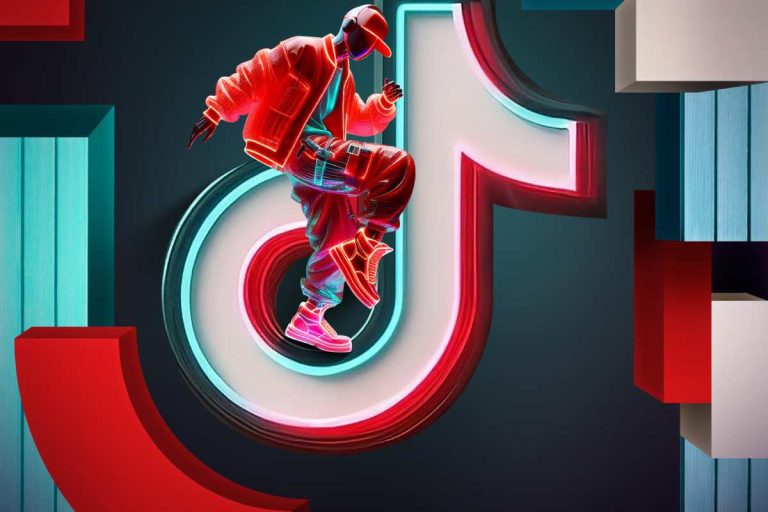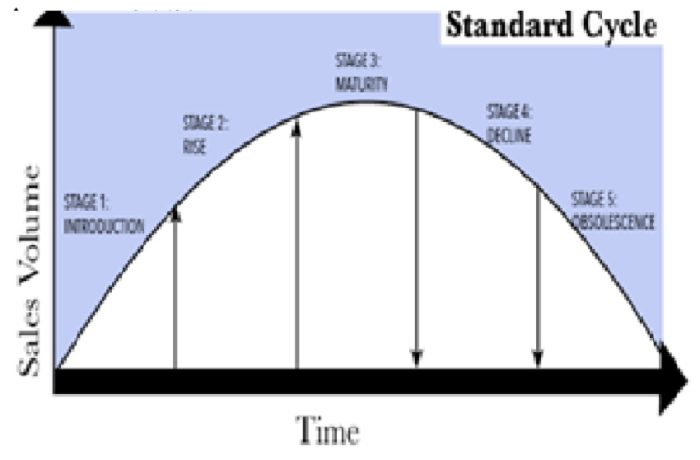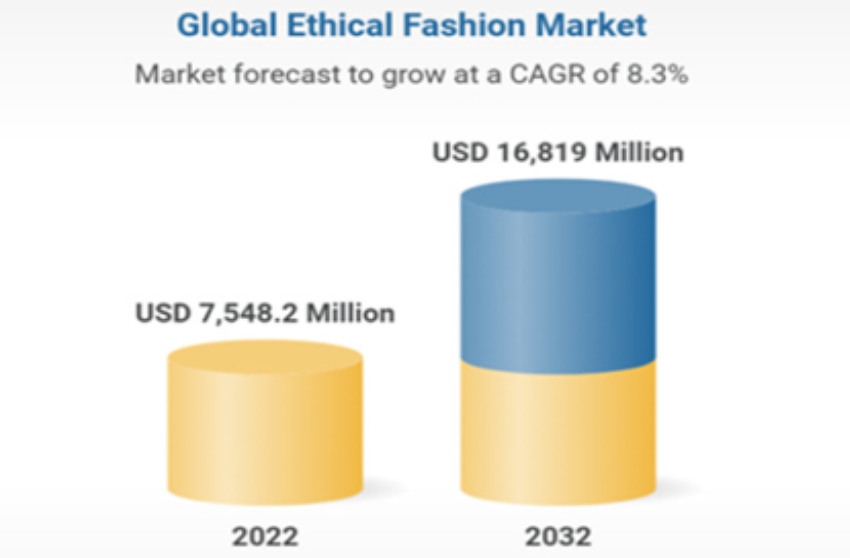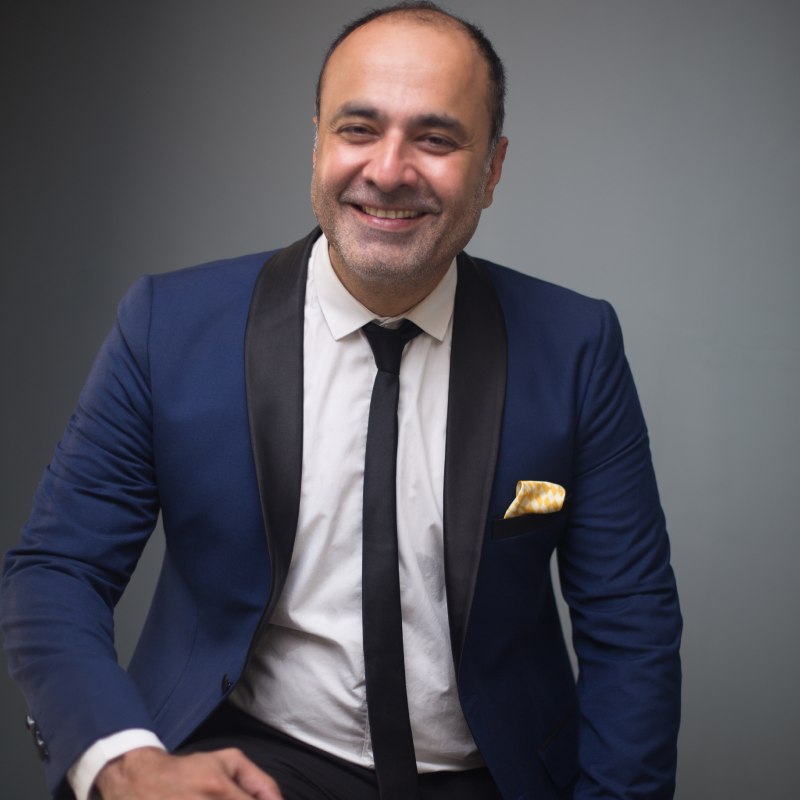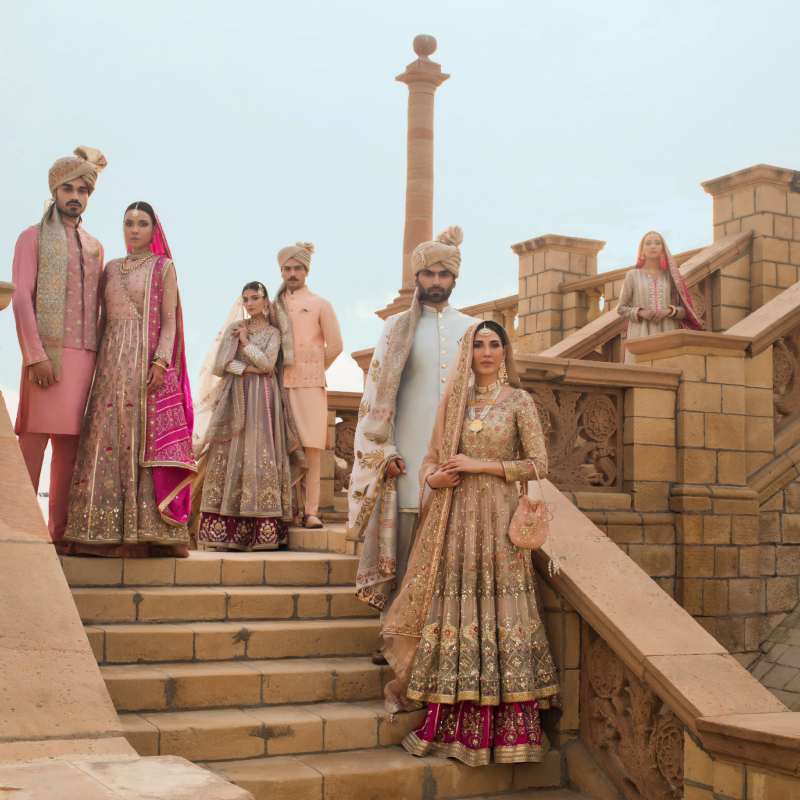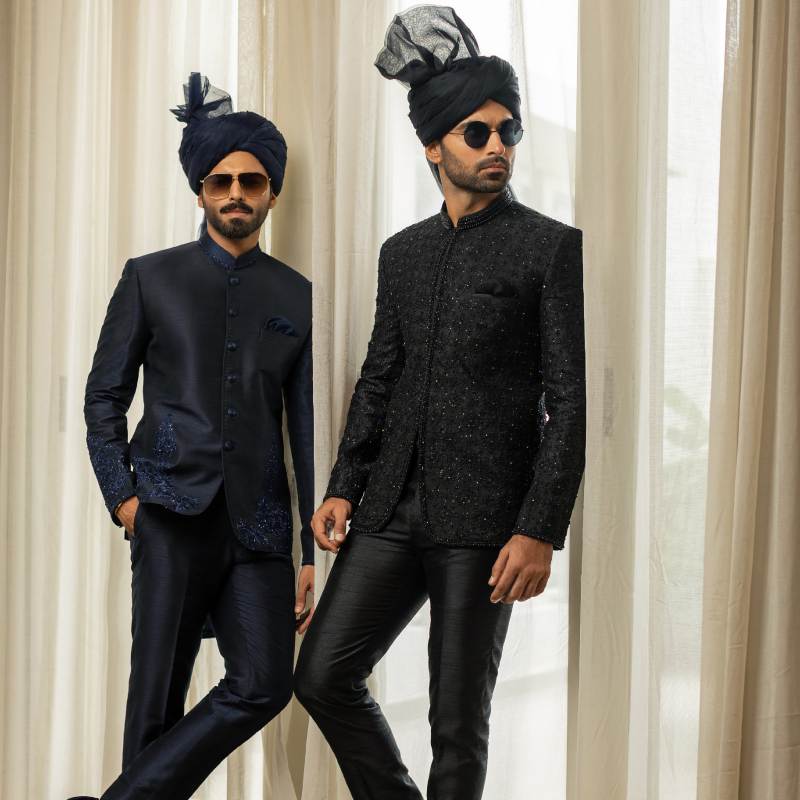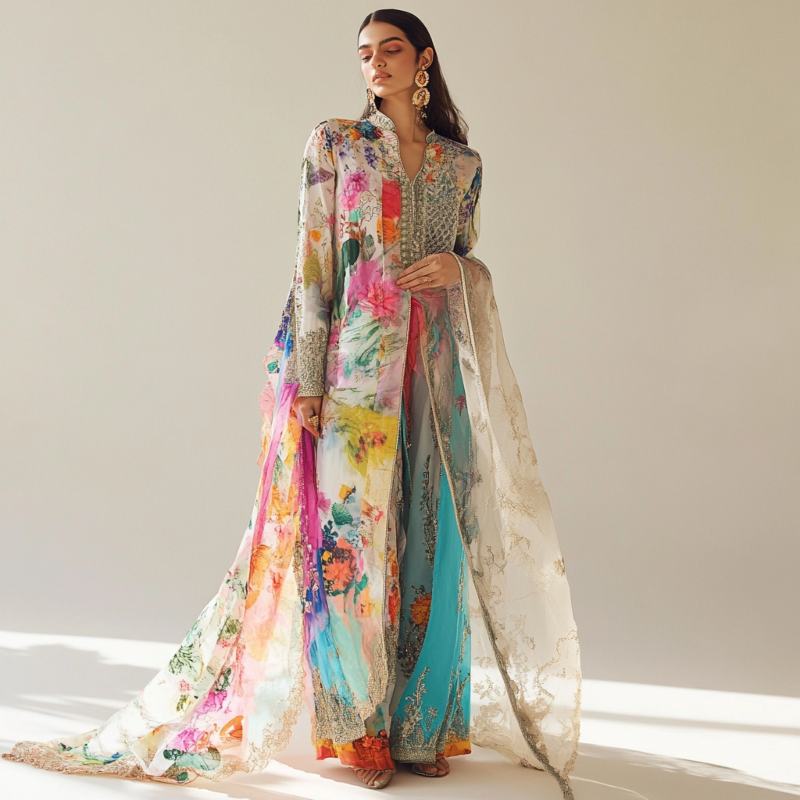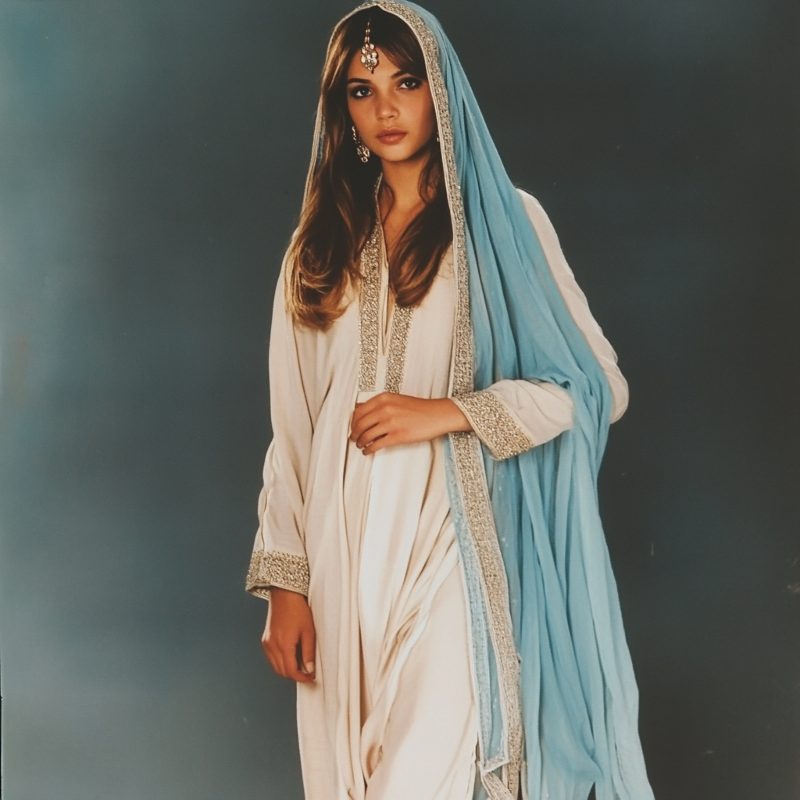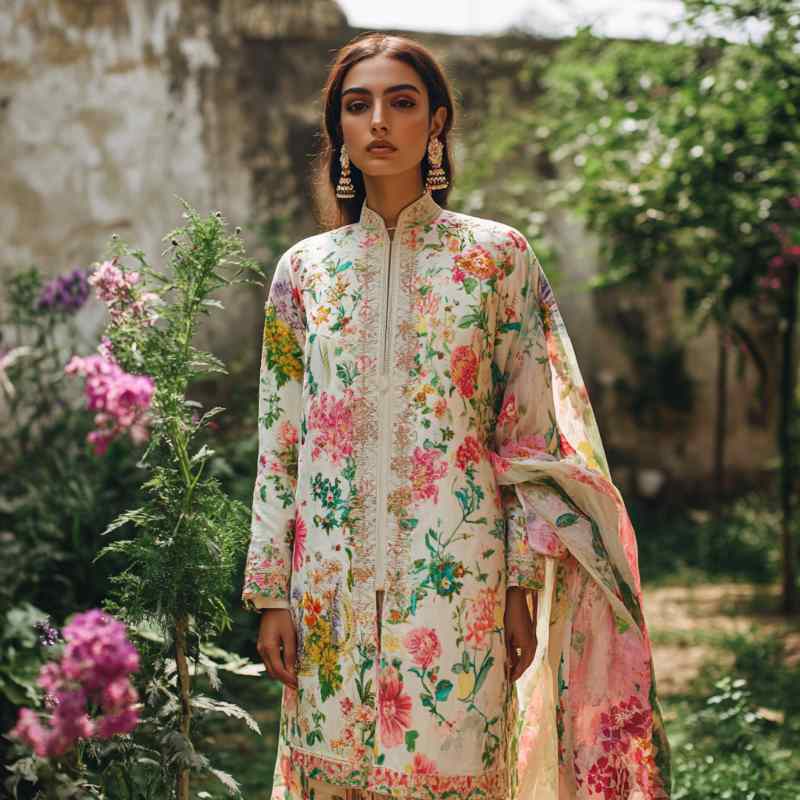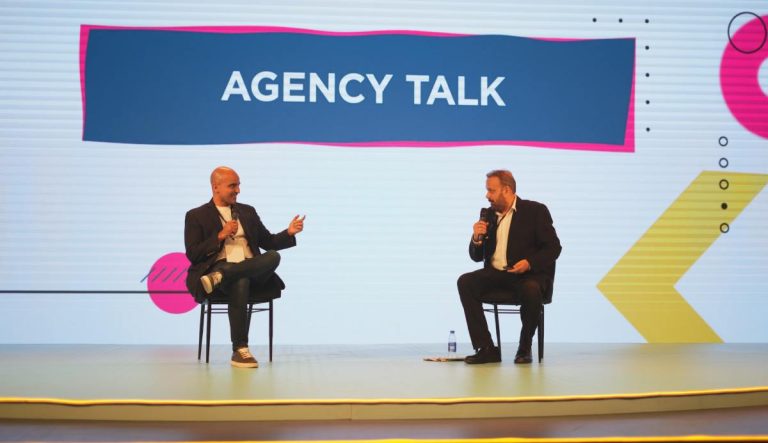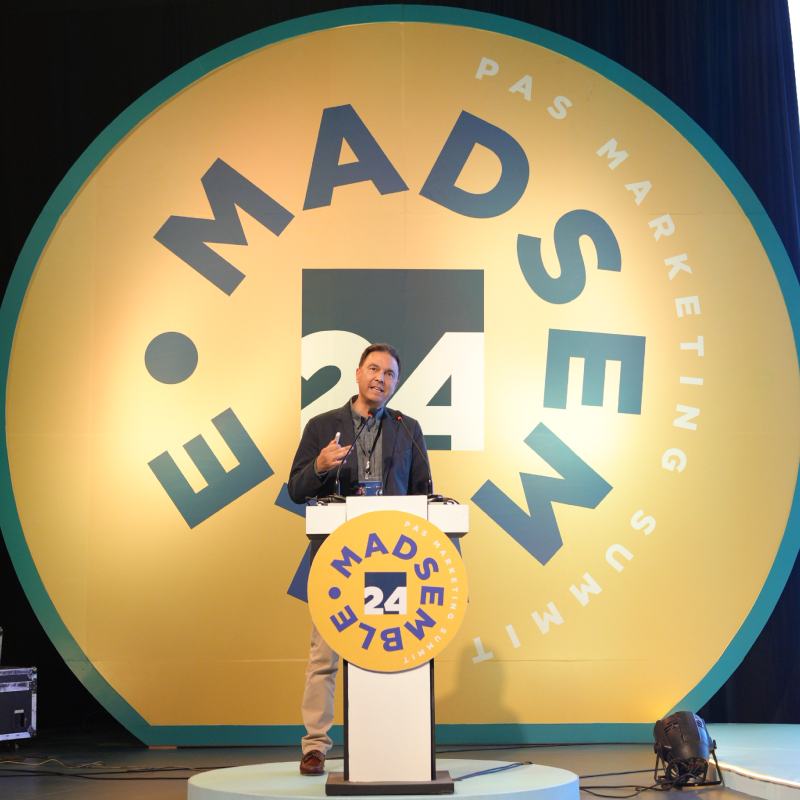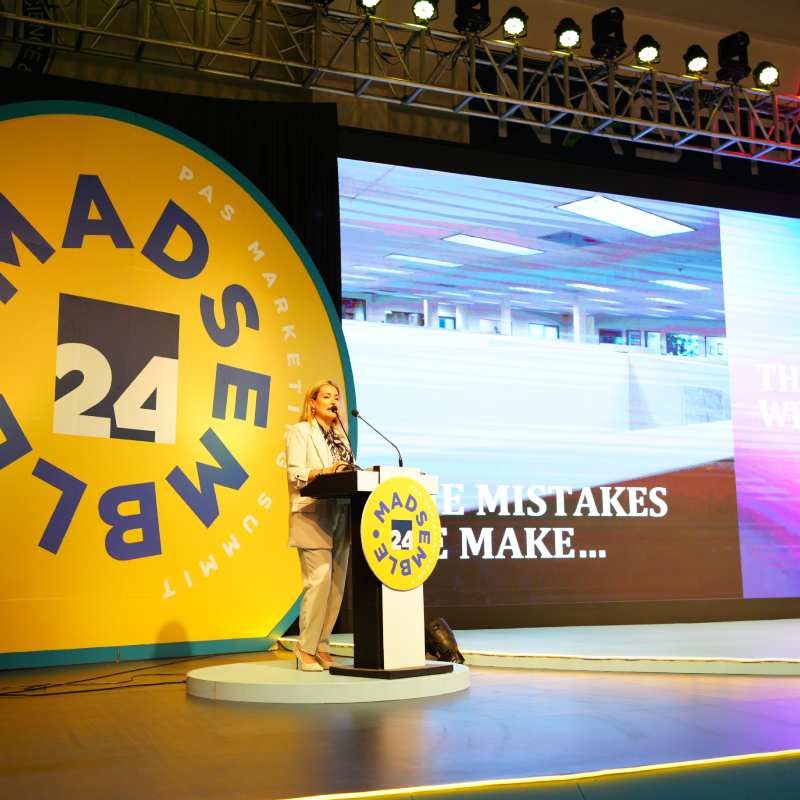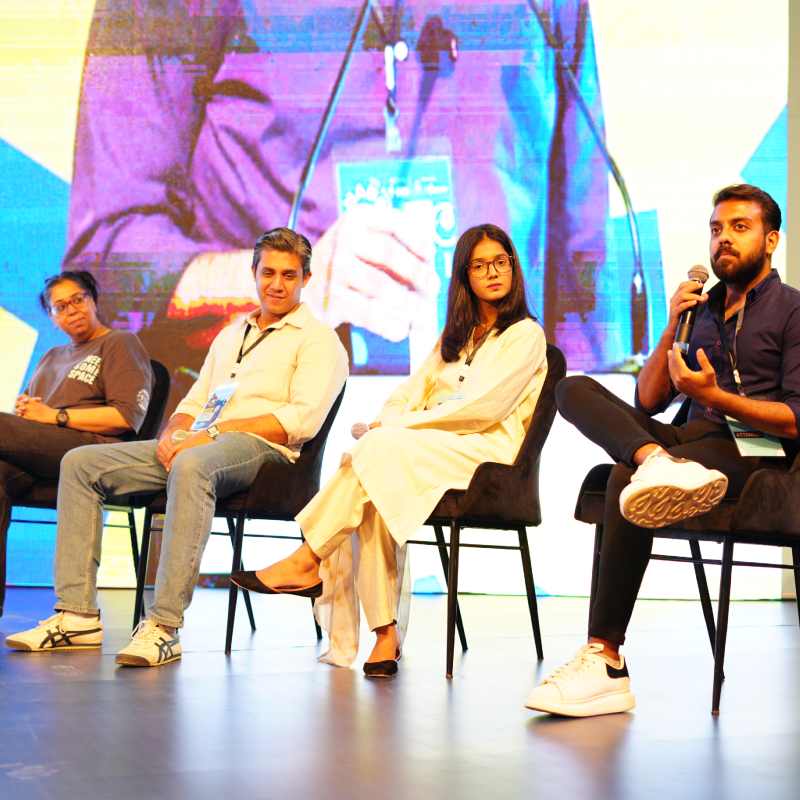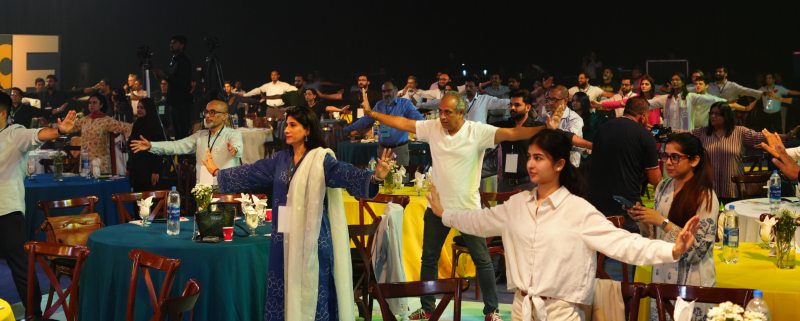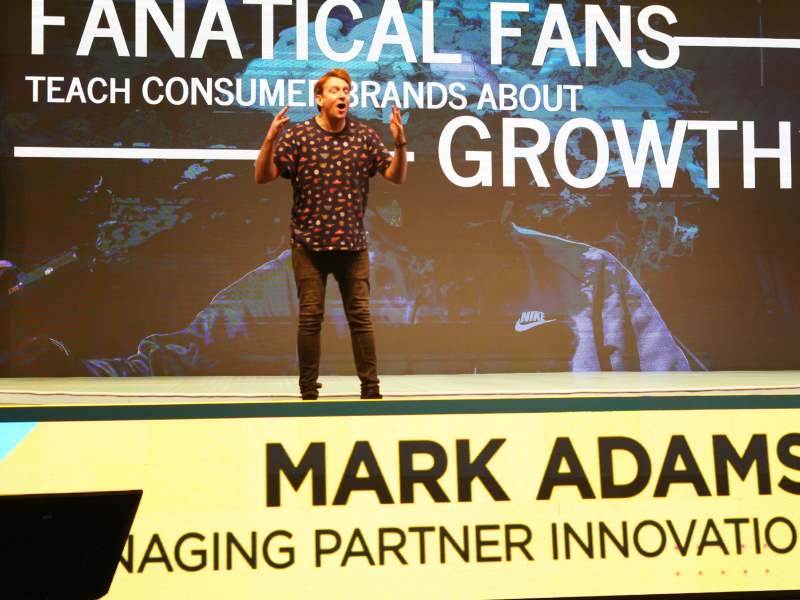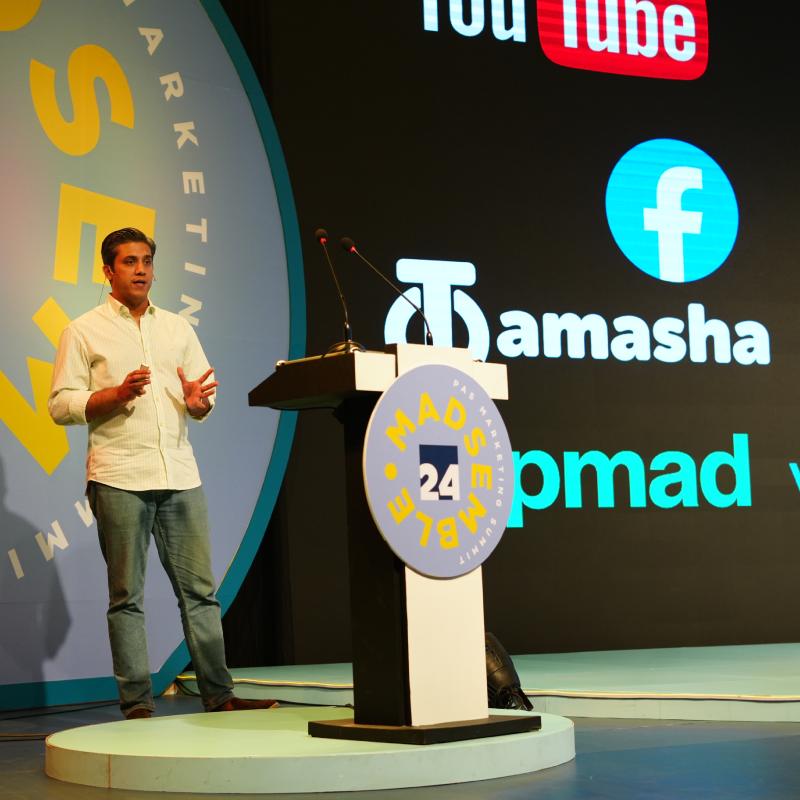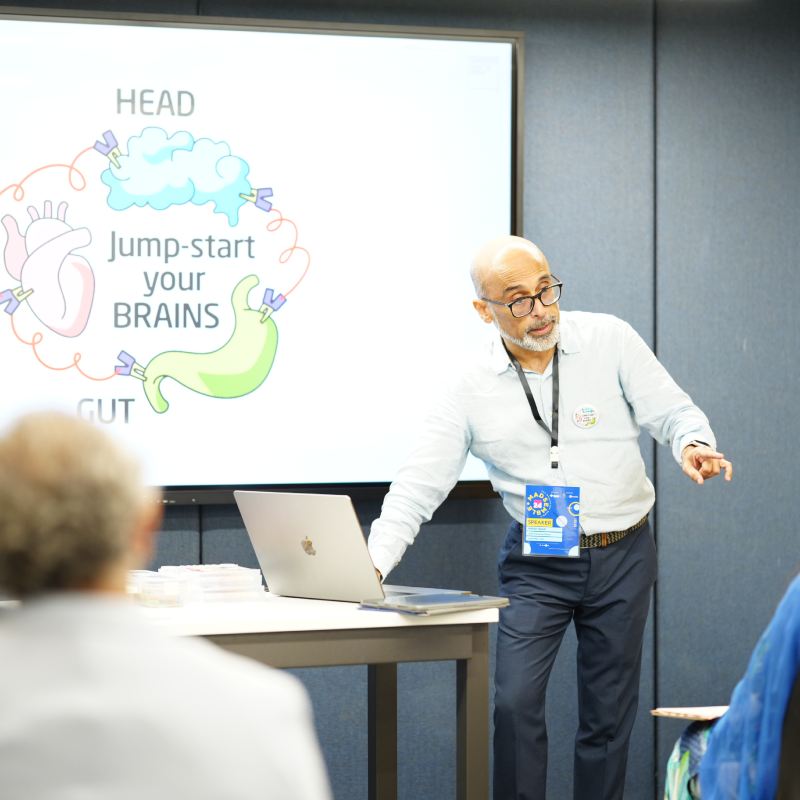Get ready to enter a world where childhood dreams come true! Bachaa Party, a one-stop destination for all things kids, is not just a store, but an experience. With its unique approach to catering to the smallest customers as royalty, Bachaa Party is changing the game. From trendy and comfortable kids’ apparel to school supplies, baby care products, and educational toys, Bachaa Party offers an unparalleled range of items for kids aged 0-14. Since 2016, the children’s store has been making shopping a delightful experience for both kids and parents. With 10 interactive outlets across Pakistan and a super-cool online store but that’s not all – this amazing brand is also on a mission to positively impact young lives through exciting projects and initiatives! Join us as we chat with Ahmer Javed, the Director and the mastermind behind Bachaa Party, and discover the secrets behind this kids’ retail wonderland!
Synergyzer: What inspired you to create a brand that caters exclusively to children, and how have your personal experiences influenced the development of Bachaa Party?
Ahmer Javed: The retail landscape of Pakistan is as such that brands almost always solely focus on women fashion or men, and the kids were an after-thought, you would have this tiny section at the back of the store with children’s apparel, with limited options and variety. When you look at the demographics, there’s a huge percentage of population that’s under the age of 18 in Pakistan. This is a young country, there’s a huge gap in the market. Kids weren’t given the importance that they deserve. They weren’t given significance. Therefore, this idea came to life. To make kids the primary target. Instead of thinking “we should put something in the corner”. To create a store based on their needs, to base it on their behaviours, what they would prefer. Another key matter was understanding the needs of mothers. Prior to conceptualising the store, we conducted extensive research and engaged directly with mothers. They expressed the inconvenience of having to visit multiple locations—one store for clothing, another for toys, and yet another for school supplies—each in a different direction. This feedback became central to shaping our vision. The primary goal was to create a dedicated space where mothers could conveniently find a comprehensive selection of clothing, toys, and school supplies for their babies—all under one roof. This environment would offer a safe, comfortable, and stress-free shopping experience, with competitive pricing, allowing them to meet all their needs in a single visit and return home with ease and satisfaction.
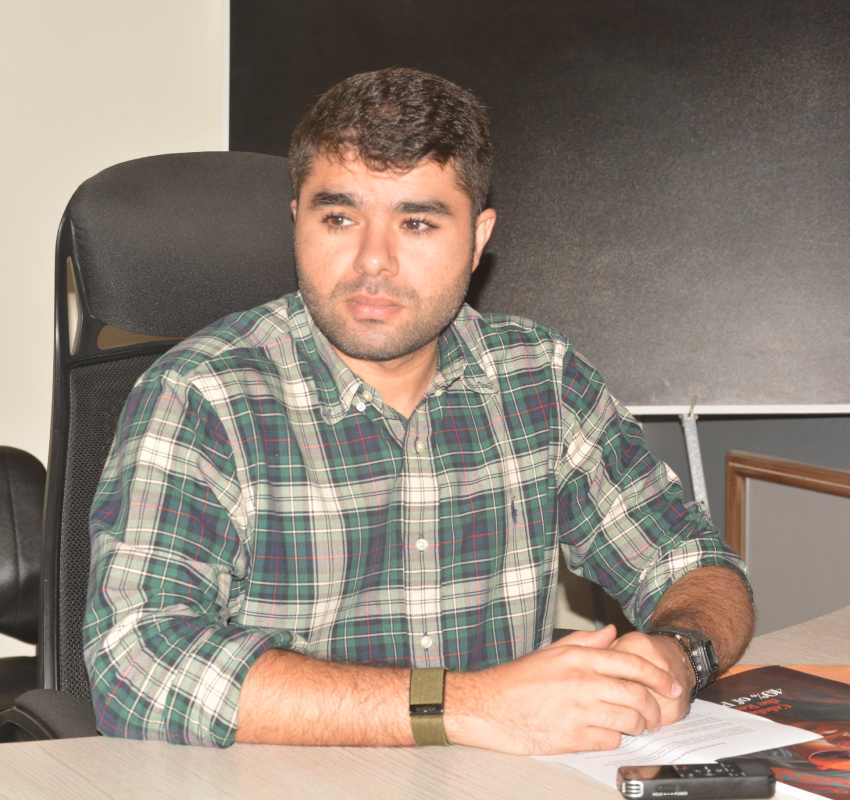
Synergyzer: Can you share some insights into the process behind selecting and curating the brands and products available at Bachaa Party?
Ahmer Javed: The whole concept of Bachaa Party is to have everything at one location, consequently our first target was to increase the variety. We want to make sure that when a parent comes in, they don’t have to go anywhere else, make sure that our store, our brand was convenient. When a customer comes in to buy a diaper, for instance, you’ll be able to buy a bib as well. The customer will also be able to get multiple varieties, from expensive to cheap. To have variety and value at the same time. On average we are cheaper than our competitors for a similar or the same product. What I want for the parent that comes in is that they are able to buy two shirts instead of one.
Synergyzer: Do you collaborate with local brands?
Ahmer Javed: We do a lot of collaborations with local brands, we’re quite open to collaboration, if a company’s vision meets with ours, doesn’t matter if it’s big or small, if we like it, we go through with it. Recently, Bachaa Party began an initiative, called Bachaapreneur. Which is where kids, bring in their ideas or products, they pitch it to us and then we select the best one, give them space to put their products on our shelves. The kids, or our young Bachaapreneurs as we call them, step into the entrepreneurial world, they set up the stalls Bachaa Party Outlets, learn real-life skills and serve customers. We’ve put up scarves, eco-friendly dolls, jewellery, leather badges, wall frames, and these were all products that these kids created and pitched to us.
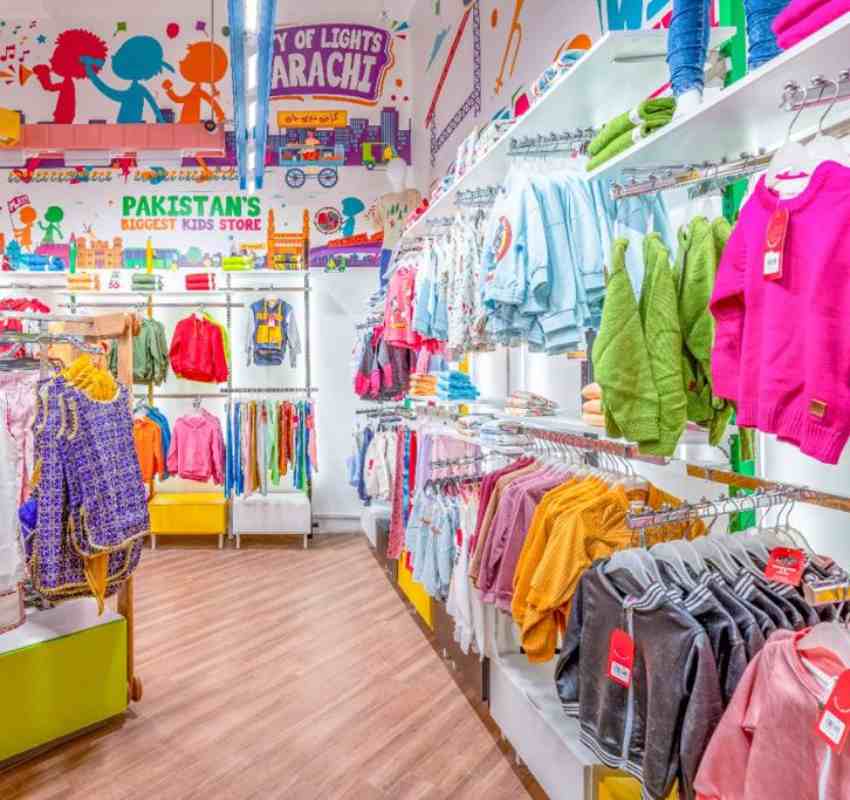
Synergyzer: What do you believe sets Bachaa Party apart from other children stores in Pakistan?
Ahmer Javed: We were one of the first brands to introduce a Customer Experience Department, we’re are giving the most emphasis on the customers, and the experience they-have with us, whether it be for online or in store. We aim to give the customers the best experience possible. From when you enter the store, till you leave it, a staff that is extremely well equipped with product knowledge, they assist, suggest and help in any way possible. We also have valet parking at all our standalone stores, so you don’t have to worry about the kids, or the parking or carrying the items back into your car.
Synergyzer: How do you personally ensure that Bachaa Party’s branding remains fresh and innovative, especially in a market that constantly changes with new trends?
Ahmer Javed: We have a commercial team that does detailed research and development. The product development team and the designing team sit together with the research to create products that children or adults would love. Next, we have a planning and forecasting team, prepare for future trends and products who work with the sourcing team. Then we finally finish with a quality management. There’s a whole cycle that follows. These procedures enable us to release the best product according to the right timeline and allow our customers to be in-step with the world as well.
Synergyzer: Does Bachaa Party have their own products that they create, develop and sell? Or is it all just sourced from other companies and brands?
Ahmer Javed: The clothes and shoes, we create in-house, we design, produce and do quality assurance. We have begun making our own strollers, bibs, car seats, and board games. We have our own version of Ludo. We have created toys and puzzles as well as publishing books. Our target for the near future is to manufacture in Pakistan for the world and becoming import independent. I’m so excited to share that we have collaborated with Lal’s who just won the ‘Pastry Discovery Gem Award 2024’ by the prestigious Paris-based La Liste, we’ve invented lollipops, chocolates and even chips with the chef.
Synergyzer: What factors influence your pricing decisions?
Ahmer Javed: Pricing decisions are based on our customers; we do a competitive analysis and our strategy is to keep our products at least 20-30% cheaper than our competitors for the same quality and a similar experience.
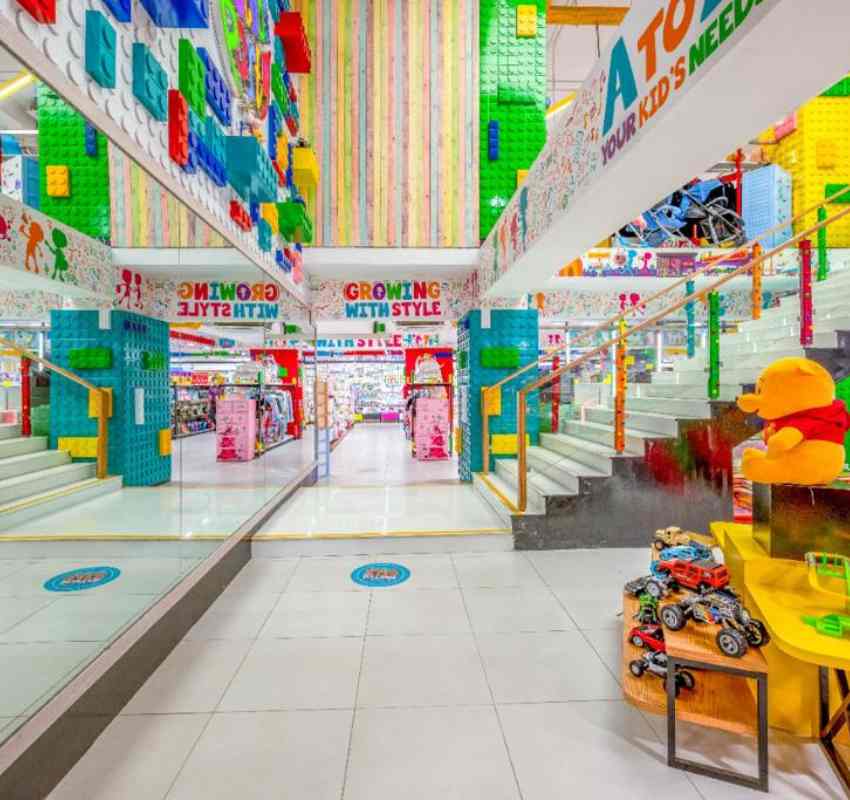
Synergyzer: What marketing strategies have been the most effective in establishing Bachaa Party as a leading children’s store in Pakistan? And does social media play a role in your overall marketing strategy?
Ahmer Javed: Our Corporate Social Responsibility or the social impact we create is embedded in our vision, which influences how we market ourselves. Our vision is to be the best part of everyone’s childhood, it’s an effort to combine the company’s financial and social objectives. The CSR programmes that we carry out aren’t run as a formality, once or twice a year, it’s a priority for us and we practice it every day. The doll we’re selling, we are setting aside a portion of revenue for the salaries of differently-abled people, it’s not strategy for us, but passion. Apart from advertising, I think the biggest plus that we have is that we have everything in one room. That’s the best USP for us to market, since nobody has been able to replicate this business model in Pakistan for the past eight years, and that is something that we capitalise on, what we leverage and has brought us so far. For us, when we advertise or market or plan, we really consider the emotional aspect of a person or a child. The experience that you get from visiting a Bachaa Party store or even crossing a Bachaa Party store, what kind of emotions does that bring out of you. We kind of changed our strategy and went from direct marketing to a more emotion-based marketing. It’s the kind of marketing where we’re genuine. And we’re providing a solution to a problem. I think that kind of hits home with customers. Social media plays one of the biggest roles. Almost 70% of our customers are coming through Facebook, Instagram and other social channels. Social media is such a great tool to get your message across. I think it’s worked wonders for us. What we also do is not only try to give product knowledge but also educating and assisting them through videos on our social media, we’ve done a session with a nutritionist – what kind of lunches should you give your child for school, dentists – teeth and gum care for children. Doctors – how to reduce screen time.
Synergyzer: What factors influence your decision to offer promotions or discounts?
Ahmer Javed: We only do two sales a year, to clear our stocks. Summer and Winter clearance sales, so the new stock can come in.
Synergyzer: Can you share any upcoming projects or initiatives that Bachaa Party is doing?
Ahmer Javed: One thing that is extremely close to my heart is that we want to provide convenience for gifting, we’ve already launched it and you can buy online, get it packed and delivered to their place and we have this option, for the Middle East, we also have gift cards that you can just gift to your loved ones.
Synergyzer: What else is Bachaa Party doing?
Ahmer Javed: There’s a nationwide plantation that is in the works, we are going to go to almost 200 schools in seven cities of Pakistan and give a plant to each class, and they have to take care of it. We did a pilot project in one school in Karachi, ‘The Haque Academy.’ And got a really pleasant response. We’re working on city beautification, as well as bringing inclusivity as much as we can. We did a campaign with differently-abled children, which was a hit and honestly made everything that we do worthwhile. I am big on CSR, we care for the kind of social impact that we have, we’ve created several verticals and that is how we want to give back to the community. We have a vertical for education, health care, climate change, development, child rights, as well as city beautification, for arts and culture and we have a vertical for inclusivity.

Under these verticals, we partner with the government, NGOs, and FMCGs both local and international. When we do a commercial campaign, we always try to think of the social impact we create. UNDP Pakistan is one of our partners, they wanted to highlight the importance of SDGs. We chose eight SDGs out of the 17 and we partnered with KMC. We formed synergy between Bachaa Party, KMC and UNDP. We’ve worked with ‘ WWF Pakistan ‘ on the development side and for climate change. We have a focus on Child Protection and Welfare Bureau Punjab, we work for child rights; child abuse, child beggary, child labour. We also did a Child Rights Awareness Walk, Karachi’s first Child Rights Awareness Walk held in October last year. Nadia Jameel who is a child rights activist, Dr. Kishwar Inam, she’s a renowned Paediatrician from AKU and Rabia Nizami, she’s a an ex-MPA who has been working on child rights policy in Sindh. Everything we do is for children, for their betterment, for their future, even if it just seems like toys. Although it’s a business but we truly care for the children of Pakistan and hope they prosper.

